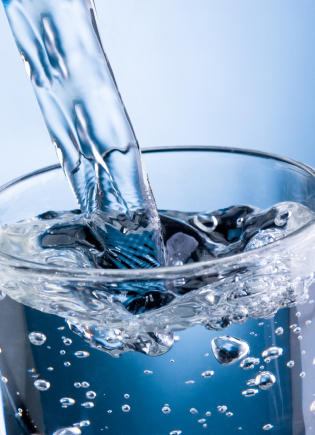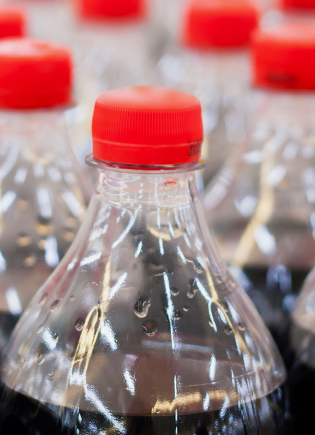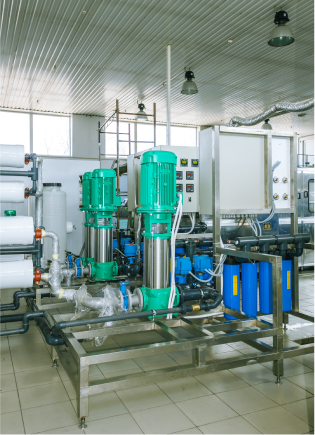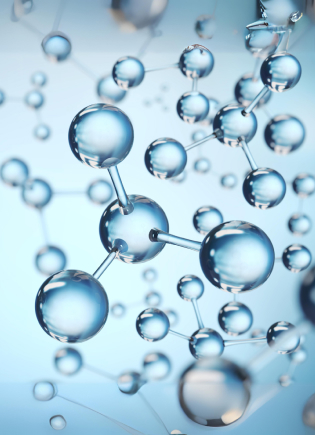Wastewater
Overview of Wastewater
Wastewater includes sewage, grey water, industrial effluent and various other types and qualities of water that is not suitable for direct consumption.
Regardless, most types of wastewaters contain high amounts of pathogens including bacteria and viruses which can cause numerous contagious diseases.
Before discharging wastewater it is important to inactivate all types of bacteria and viruses so that they can not contaminate our drinking water sources like rivers, lakes, canals and borewells. Though traditionally chlorine is used to disinfect wastewater it is not a reliable process. For example, Chlorine can’t provide protection for Cryptosporidium and Giardia.
As water becomes more scarce, wastewater treatment and wastewater reuse are becoming more and more important. Before reusing the treated wastewater it must be disinfected to inactivate bacteria, viruses and other pathogens.
Overview of Wastewater
What is wastewater?
Wastewater is a broad term to indicate water that has been used for some purpose and is being discharged. Typically, since the advent of industrialization we have been discharging wastewater into rivers either directly or indirectly. In some cases, the water is simply discharged onto land or into the creeks/sea.
Types of wastewater
We can group wastewater include 2 broad categories: domestic wastewater and industrial/commercial wastewater or effluent. There are some common characteristics and some important differences between domestic wastewater and industrial/commercial wastewater.
Domestic wastewater generally has very high levels of a wide range of microorganisms and must be treated before discharge. Depending on the sewage treatment technology being used, the domestic wastewater can also have high levels of suspended solids (TSS) and color. Modern wastewater treatment processes use membrane filtration to reduce the TSS levels and treat the water to a high degree. Regardless, the domestic wastewater commonly has very high levels of microorganisms with the potential to spread contagious diseases.
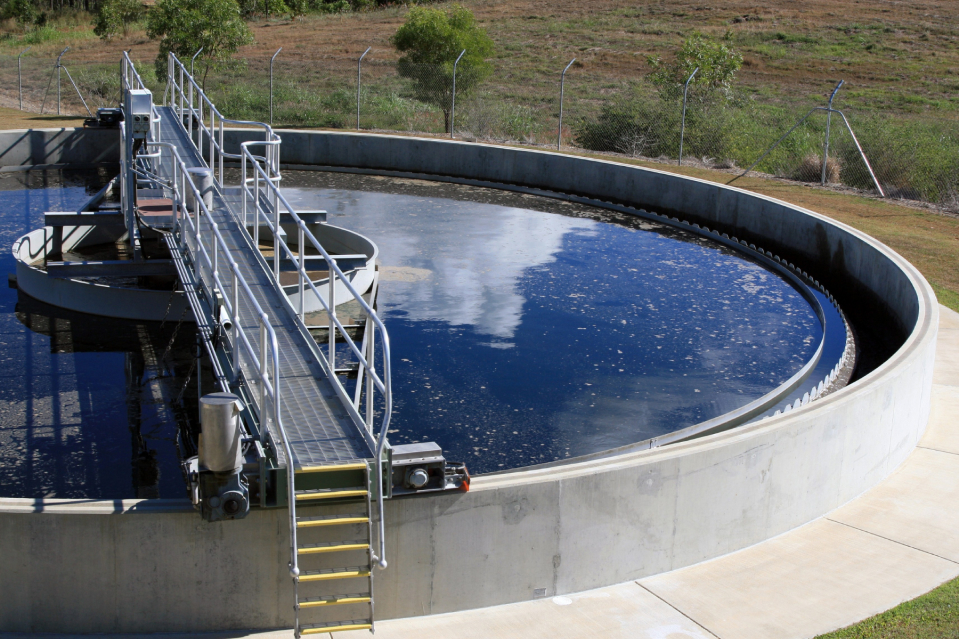
Considerations
Domestic wastewater and industrial/commercial effluent typically has very low UVT values. This makes it very difficult for UV rays to penetrate the wastewater. If the UV systems are not well optimized, it is easy to get “dark spots” where microorganism can remain unaffected by the UV radiation.
Wastewater typically has higher amounts of suspended particles compared to drinking water. As a result, the suspended particles protect microorganisms from UV rays.
Wastewater commonly has huge microbial counts, some requiring high UV dose levels for inactivation.
Sukrut WEL™ Series are popular for economical disinfection of wastewater e.g. in townships, apartment complexes, commercial buildings, large hotels, major hospitals and numerous industries.
Sukrut MCS+™ Series are designed to deliver high UV dose levels at varying levels of UVT and/or very large flow rates for municipal wastewater and large scale industrial effluent treatment plants.
Considerations
On the other hand, industrial/commercial effluent is generated by various industrial and commercial processes like washing, cleaning, heating, cooling, discharges etc. as a result of industrial and commercial processes. Depending on the process, the effluent may have high levels of contaminants like COD levels, grease, suspended particles, color and also chemicals of various types.
Why treat wastewater?
To put it simply, if we fail to treat domestic wastewater properly, we are going to spread all types of contagious diseases through contaminated water. If the wastewater is discharged into a canal or rive, it will mix up with drinking water of the people living downstream of the river. Even if domestic wastewater is discharged into septic tanks, it can leak into borewells and rivers. Especially during monsoon, untreated domestic wastewater can mix up with rainwater and end up in rivers, borewells and our drinking water supplies. It is not surprising to see an increase in contagious diseases during monsoon months!
This is the reason there are discharge criteria that specify the maximum amount of microorganisms that can be present in wastewater being discharged.
Industrial wastewater, or effluent is unsafe to discharge before treatment because of the contaminants that are often mixed up with the industrial wastewater.
Sustainability
With increasing focus on sustainability, many organizations using high quality wastewater treatment processes to reuse wastewater for secondary processes as irrigation, gardening, some types of washing, flushing, etc.
As water becomes more scarce, wastewater treatment and wastewater reuse are becoming more and more important.
UV System for the Application
High microbial loads
Wastewater commonly has huge microbial counts, some requiring high UV dose levels for inactivation.
Suspended particles
Wastewater typically has higher amount of suspended particles compared to drinking water. As a result, the suspended particles protect microorganisms from UV rays.
Low UVT
Domestic wastewater and industrial/commercial effluent typically has very low UVT values. This makes it very difficult for UV rays to penetrate the wastewater. If the UV systems are not well optimized, it is easy to get “dark spots” where microorganism can remain unaffected by the UV radiation.
More Information
Sukrut UV units for wastewater are optimized for specific UVT levels and types of wastewater. We have numerous domestic wastewater and industrial effluent treatment installations.
Contact us with details of your wastewater disinfection application and our team will be happy to help.
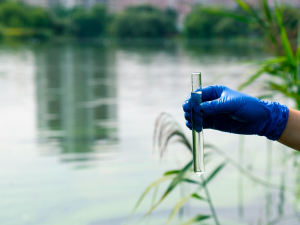
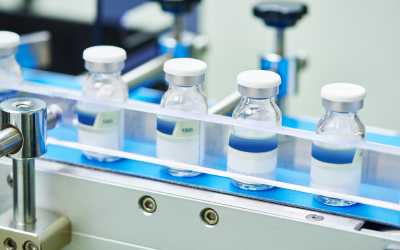
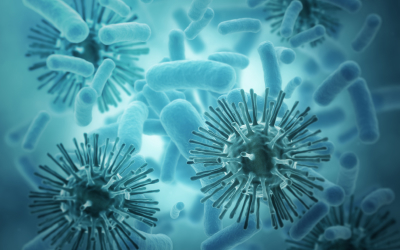
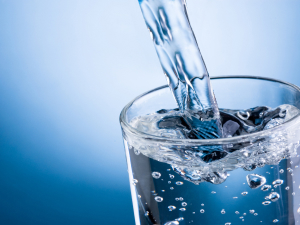
More Information
If you have any questions, or to discuss your application, you are welcome to contact our friendly team at

